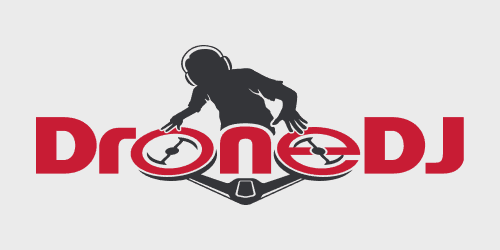
A pair of ground-breaking startups are pooling their tech capacities, hardware, and experience in an effort to develop drones specially designed for deployment by firefighters, using heat resistant materials and 3D printing power to speed production and lower costs.
The common effort involves Texas-based Axle Box tech developer turning to the solutions and materials offered by additive manufacturing specialist Essentium Inc. In doing so, Axle Box – whose focus is providing various operational equipment to public safety, first responder, and armed forces clients – is using the Essentium High-Speed Extrusion 3D Printing Platform (HSE) and high-performance, heat resistant materials to accelerate its production of drones that can withstand the wilting temperatures encountered when deployed by firefighters – especially in wildfires.
Axle Box is pursing that objective by producing the mid-body of its UAVs using Essentium’s high-temperature nylon, which contains a 25% carbon fiber reinforced core. That provides enhanced heat deflection temperatures as well as tensile and flexural strength. Axle Box is using other 3D printed materials for the drone’s side covers that are designed to fail before the mid-body in extreme conditions of firefighter deployment, but without sacrificing thermal stability.
Read: Drone makers turning to superior 3D-printed UAS components
Axle Box says its prototypes have exceeded expectations during testing, while 3D printing production has allowed it to speed up the development process and reduce costs by limiting material waste through the additive manufacturing process.
“The speed, scale, and economics of the HSE 3D Printer combined with Essentium’s array of advanced 3D printing filaments are changing the game for the design and development of drone platforms,” said Madison Jones, Axle Box’s director of additive manufacturing. “The HSE has transformed our manufacturing floor, and we typically go from design to production in under four weeks. If we need a new part, we can have one printed and up in the air in a couple of hours. Our first responder customers will benefit greatly from this innovation agility.”
Read: YouTuber 3D prints life-size model of DJI’s FPV drone from images
The partnership harnessing 3D printing power in the production of bespoke firefighter drones comes as the peak period of what has now become a year-round wildfire threats approaches – especially in the US west and southwest.
“As first responders gear up for fire season, firefighters need nimble remote-controlled drones to achieve visual oversight of wildfires in virtually every type of environment – from urban areas to rural deserts,” commented Blake Teipel, Essentium CEO. “We are excited Axle Box Innovations has chosen our 3D printing platform to enable the development of structurally rugged drones that can withstand these extremely harsh conditions.”
FTC: We use income earning auto affiliate links. More.

Comments